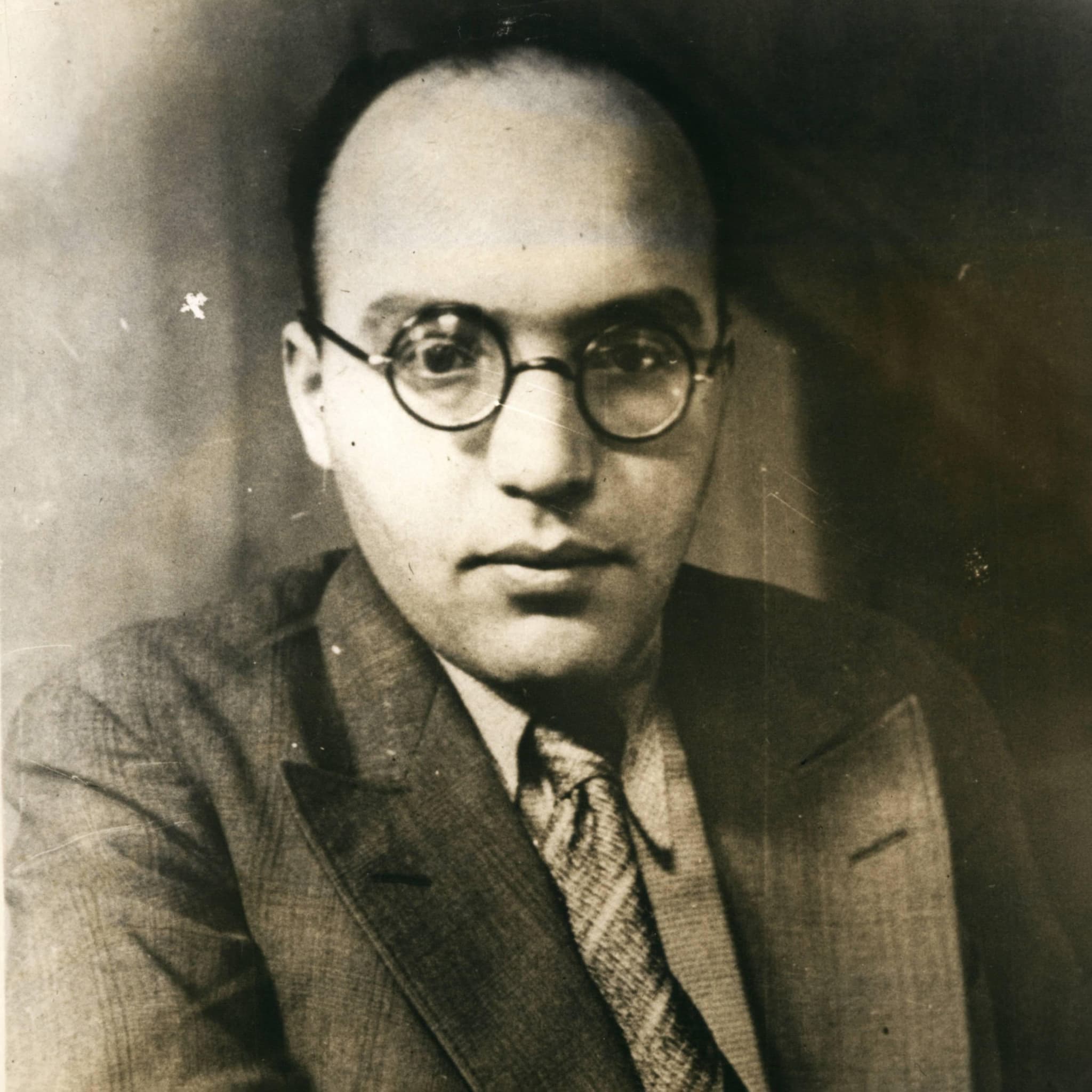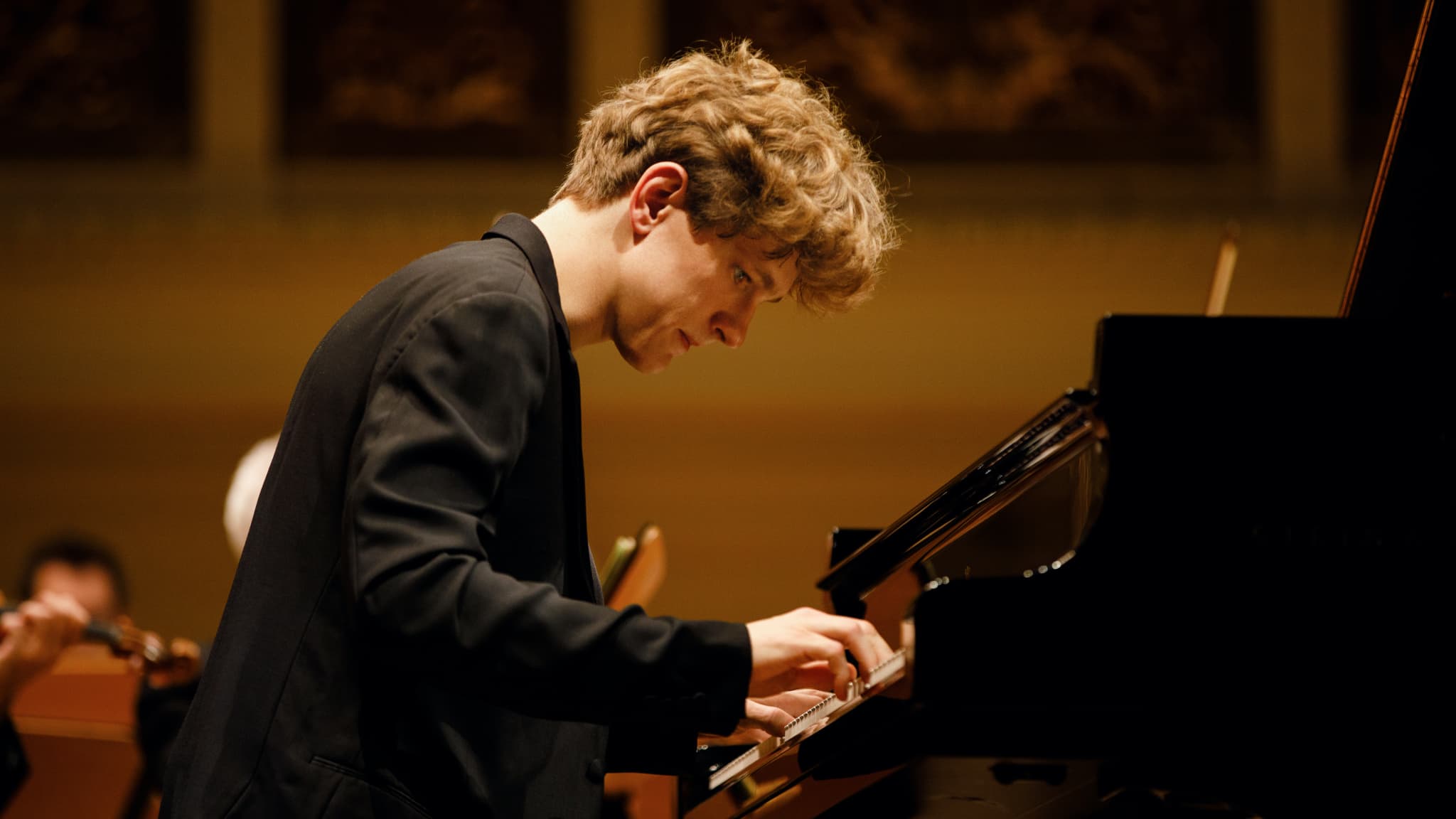Album insights
Works of the Renaissance are often incomplete, like the music played here, mostly originating from a single fragmented source and needing reconstruction—a captivating blend of musical Sudoku, detective work, and composition. Drawing on the analogy of restoring damaged paintings, similarities can be found. The restoration process is akin to interpreting a Renaissance painting where vital figures may be unidentifiable, relying on iconographic conventions for cues. These conventions, such as the color of Mary's garment or the aged appearance of Joseph, play a crucial role in guiding the restoration process, much like understanding the musical genre aids in piecing together fragmentary polyphony. Context from existing material forms the foundation, but knowledge of the musical style informs local decisions—a balance of educated assumptions. With exemplary composers, risks run higher but so do the rewards. Just as with restored artworks, while details may differ, the original intent can be grasped anew, albeit approximately and conditionally.
Jakob Obrecht's Missa Scaramella survives in a single set of vocal books, missing the tenor and discant voices. The reconstruction, discussed in Fabrice Fitch's work, involved unraveling the layers of a Cantus-firmus composition based on an Italian melody. Across varied sections, the melody unfolds in different contexts, posing unique challenges for its restoration. The skilled handling of the Cantus firmus results in a diverse listening experience throughout the Mass. From the concise Kyrie to the multifaceted Credo and contrasting Sanctus, the work showcases Obrecht's craftsmanship. Transitioning between solemnity and complexity, the composition grips the listener, culminating in the Benediction and final resolution in the Agnus Dei. The intricate patterns of melody and counterpoint woven into the Mass reveal Obrecht's compositional finesse.
In stark contrast to the vibrant Scaramella Mass, Obrecht's motet Mater Patris delves into a contemplative exploration of Maria as the daughter of God the Father and the mother of God the Son. Structured in four sections, the motet's intimate atmosphere, presented through a five-part setup, delves into maternal themes with a sense of reverence. The piece, sourced from Petrucci's collection, showcases Obrecht's ability to craft both monumental compositions and catchy motifs. Noteworthy is the Motet's expressive cadence before the refrain, adding a poignant touch to the narrative. Concluding the program are spirited renditions of the Scaramella melody and additional motets, including works honoring Philip Weller, illustrating a convergence of musical styles and historical contexts.
The depth and complexity of the Missa Scaramella exemplify Obrecht's mastery, offering listeners a glimpse into the richness of Renaissance polyphony through reconstructed harmonies and inventive counterpoint. While the restoration process is not without its challenges, the resulting performance aims to breathe life into these historical compositions, resonating with the spirit that once guided their creation.
Fabrice Fitch & Andrew Kirkman © 2024










